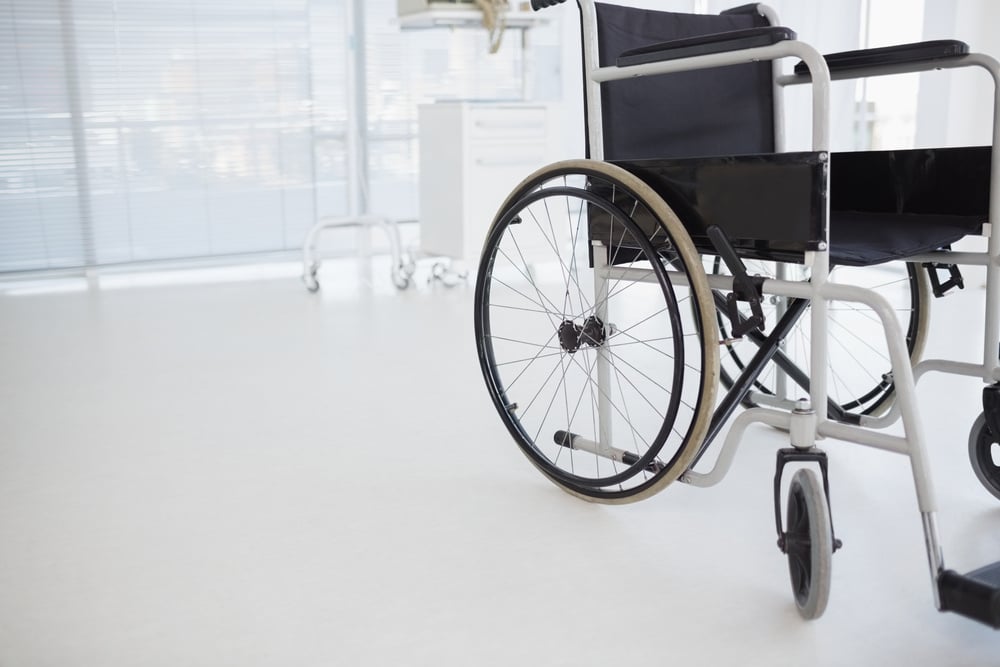Outcomes

Operations Transformation
$32M in Labor Savings Over Two Years
A five-hospital health system in the Northeast saved $32 million in labor costs over two years by optimizing operations through a robust change management framework.
They reduced patient length of stay by streamlining discharge processes and improving patient flow, freeing up beds and cutting costs. By optimizing schedules and managing staff availability, they reduced overtime and agency staff expenses. They also assessed and mitigated care variations to lower drug and supply costs.
Key strategies included improving productivity with new workflows, aligning staffing levels with patient needs through position control measures, and adopting zero-based staffing.
These initiatives enhanced care quality and operational efficiency, setting a new standard for hospital management.

Financial Turnaround
$35M in Care Variation Savings Over Two Years
In the Southeast, a four-hospital health system faced rising clinical care costs and saved $35 million over two years through an ambitious project.
They developed a cost-of-care analytics platform to identify and address cost variations. With this data, they focused on reducing patient length of stay by implementing evidence-based clinical care protocols across ten Diagnosis-Related Groups (DRGs), streamlining care and enhancing patient outcomes.
They also optimized resource utilization to tackle care variation. Deep-dive analytics helped clinicians adhere to proven protocols, ensuring consistency and reducing waste.
These measures achieved significant savings and set a new standard for data-driven healthcare management.

Service Line Profitability
Cost of Care by Case Insights
They developed an end-to-end cost of care and service line profitability analytics tool, allowing leadership to identify inefficiencies and optimize operations. By scrutinizing each service line, they made data-driven decisions to enhance profitability.
A crucial part of their strategy was cleaning up the chargemaster and cost categories. Robust cost modeling and meticulous cost accounting audits ensured accurate categorization of charges and costs, eliminating discrepancies.
These efforts allowed the health system to optimize service line profitability, streamline operations, and improve financial health. Their comprehensive approach demonstrated the power of technology and data-driven strategies in achieving fiscal excellence in healthcare.

Operations Improvement Platform
Data to Insights to Action
In the Southwest, a 13-hospital health system achieved $180 million in savings over two years through a comprehensive initiative that involved change management and process re-engineering, powered by an analytics platform to bring disparate data together to generate key insights to improvement opportunities.
Their strategy included reducing patient length of stay, streamlining discharge processes, and improving patient flow to free up beds and cut costs. They minimized overtime and agency staff usage by optimizing scheduling and staff management.
New workflows and position control measures aligned staffing levels with patient needs, and zero-based staffing justified each position based on current needs. They also reduced expenses in supplies, corporate services, care variation, and pharmacy costs.
An advanced analytics platform provided insights into each workstream, enabling data-driven decisions. These efforts enhanced operational efficiency and care quality, demonstrating the power of strategic planning and technology in healthcare financial management.
